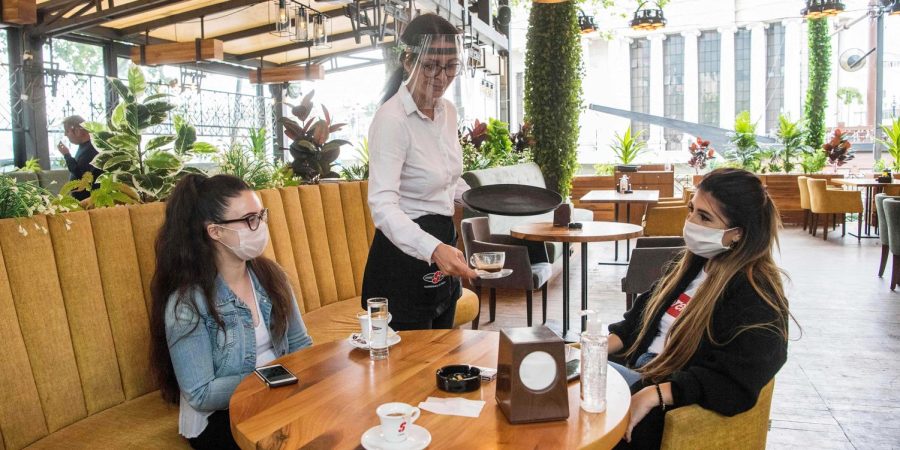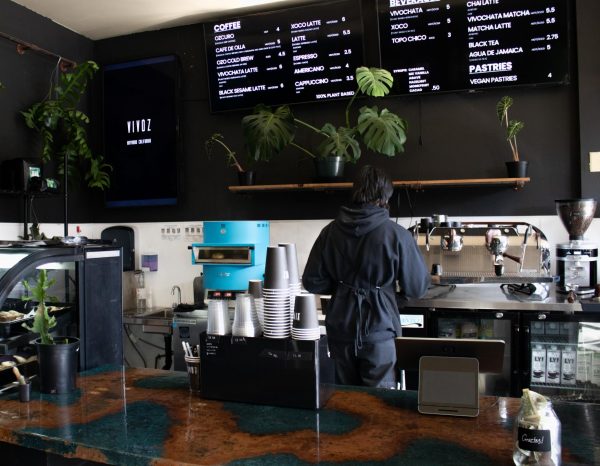The Service Industry Hemorrhages Workers
February 11, 2022
The Great Resignation persists, and with it, uncertainty for two-thirds of the American workforce
By recent metrics, nearly 107 million Americans work in the service industry, according to the Bureau of Labor Statistics February report. Since Dec 2020, many layoffs within the service industry have tapered off, with Accommodation and Food Services witnessing an immense drop from a 3.8% layoff rate in Dec. 2020 to 0.8% in Dec. 2021.
Meanwhile, turnover rates of service workers have remained high since the Great Resignation, with the quit rate of accommodation and food service workers hovering around 6%.
Currently, employers are keeping pace with the nomadic workforce, as hiring rates for Nov and Dec of 2021 were recorded to be at 6.4% and 5.8%, respectively. Job opening rates were measured highest in the Accommodation and Food Services at 9.2%, followed by Healthcare and Social Assistance at 8.1%, and Transportation, Warehousing, and Utilities at 7.3%. While the issue is manageable thus far, continued pressure exerted by high turnover rates may prove ultimately unsustainable.
“Employers can’t hire enough for low-wage industries,” projected Jim Araby, the Director of Strategic Campaigns of United Food and Commercial Workers Local Union 5 (otherwise, UFCW5), which represents members on the worksite and off through political advocacy. “Workers are on the frontline,” said Araby, citing that service workers are especially prone to infection and violence, a statement based on the fact that more than 15% of the 30,000 union members were infected throughout the pandemic. As a result of high exposure risks and general grievances over working conditions, Araby stated that the union has risen in membership.
In observing the nexus between high turnover rate and limited operations under pandemic conditions, speculations of automation jeopardizing job security have blossomed; a sentiment stirred and fueled through major publications, such as the New York Times’ Pandemic Wave of Automation May Be Bad News for Workers article, dated July 3, 2021, and Time Magazine’s Millions of Americans Have Lost Jobs in the Pandemic article, dated Aug. 6, 2020. When asked if service workers believe automation poses a substantial threat to job security, Araby disagreed, claiming that deteriorating working conditions present a more tangible and poignant issue.
“The pandemic put an accelerant on automation, [although] robots haven’t replaced work, but augmented it, [in turn] decoupling skill from work, [and] making [work] more routine,” said Araby, arguing that union members are more “concerned with employers not investing in them.”
According to Araby, employers avoid allowing a 40-hour workweek for employees to save on salary and skirt around workplace benefits, such as health insurance, forcing many workers to find secondary employment. Technology will, inevitably, foster the creation of new jobs at the cost of rendering others obsolete, and to Araby, the human factor is more pressing.
To that end, Araby asserted that unions continue to be essential in preserving democracy, stating that “if people who spend a third of their life at their work don’t see representation, [how will they] outside of their work?”
















